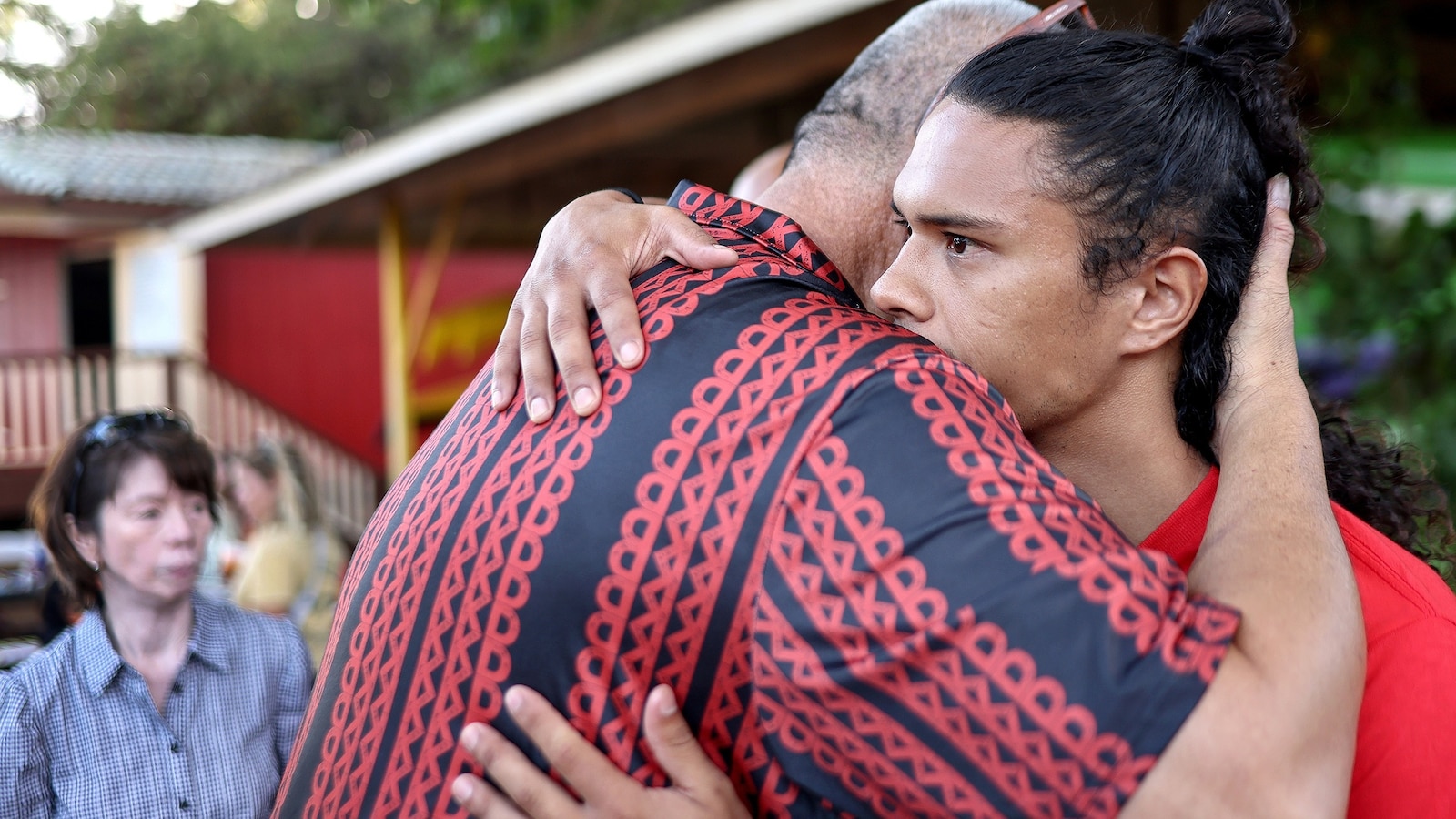Maui Wildfires Force Community to Take Action in Year After Fatal Tragedy
The islands of Hawai’i have long been sold to travelers as a dream destination paradise. However, the recent Maui wildfires pulled back the curtain on a complicated history and reality that few tourists see.
In August 2023, wildfires on the island left 102 people dead and more than 2,000 properties destroyed, displacing over 7,000 residents. It was the deadliest wildfire in modern U.S. history.
The destruction forced open deep wounds in the community about affordable housing, water rights, and tourism. It also exposed inconvenient truths about the legacy of colonialism and its impact on the environment and the Native Hawaiian community.
Within days of the fire, a new generation of leaders emerged to fight for their town, their community, and ultimately a more equitable future for all Hawai’i. They call themselves Lahaina Strong.
A Passion for Change
“We turned our passion and aloha for our place into law that can protect and reshape this place through the lens of our people,” said Lahaina Strong organizer Pā’ele Kiakona.
Organizer Courtney Lazo was left without a home following the disaster. She worked tirelessly to save the house five generations of her family had lived in but ultimately lost it to the flames.
Kiakona drove around downed power lines and through smoke to save his grandmother from the growing blaze.
Jordan Ruidas, another organizer, is a young mother who was thrust into local community organizing after the tragedy.
The wildfires took lives, homes, businesses, and landmarks that were both historic and personal to the people of Lahaina.
The deadly blaze forced the community into action while highlighting the urgent need for change.
Fighting for a Better Future
“We do have the unique opportunity where we can build back and we can build back better,” Lazo said.
“I’ll fight tooth and nail, fighting to protect our environment, our water, our people – all of those things that would have helped prevent the fire,” Kiakona added.
The Lahaina fire accelerated an ongoing exodus of Hawaiian and local families that has been happening for decades due to the high cost of living and lack of affordable housing.
“This beautiful Hawaii that everybody comes to see and partake in will no longer be here if Hawaiians are not here and local people are not here,” Ruidas said.
The U.S. Census found in 2020 that more Native Hawaiians lived outside of the state than inside it.
“If we continue to be displaced outside of our home, then what does that mean for Hawaii?” Noah Dolim, assistant professor of history at the University of Hawai’i at Mānoa, told ABC News.
After the fires, protests on concerns about affordable housing inventory available to residents – at local and state meetings and on public beaches – helped result in substantial legislative action.
Despite lacking political backgrounds, the young activists taught themselves how to lobby for bills and have been met with much success.
A Law for Change
The group played a key role in advocating for Gov. Josh Green to sign a bill into law on May 3, 2024, that gave counties more authority to regulate short-term vacation rentals amid the ongoing state housing crisis and aftermath of the wildfires.
Before the fire, almost half of the dwellings in West Maui were used solely as short-term vacation rentals, according to the Council for Native Hawaiian Advancement. This meant they were rented out to tourists by owners who may charge thousands a month, leaving fewer options for long-term renters.
“To actually have the entire community across the state pushing for this change, it’s almost like an exhale,” said Lazo.
The impact will be felt beyond the coasts of Lahaina – the law applies to the entirety of the Hawaiian Islands.
“Every single island has issues with short-term rentals,” said Kiakona. “This was an issue that has been going on way too long. Those who just look at Hawai’i as a money-making vehicle rather than people’s homes.”
Members of Lahaina Strong feel this is just the beginning of their movement. They remain committed to the work necessary to regenerate Lahaina, reforest the land, and to fight for change on such issues as overtourism, better land management, and increased water rights.


